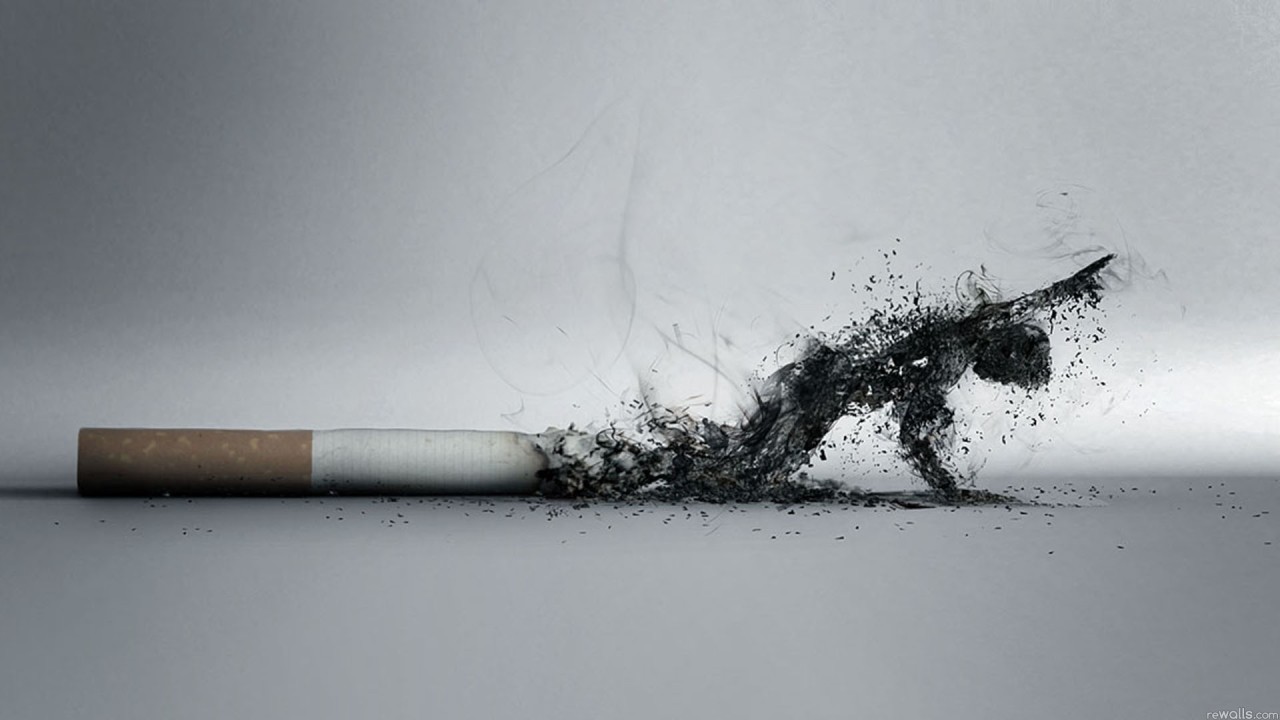From the ancient Andes to modern India, the cultivation of tobacco has left an indelible mark on societies. The journey of tobacco through time, its origins, unintended discoveries, and the pressing health concerns surrounding this notorious substance, all contribute to its complex narrative
By Mool Raj
Tobacco stands as one of the most widely abused substances, notably prevalent among both rural and urban populations in the developing world. According to the Central Tobacco Research Institute (CTRI) in India, the roots of tobacco cultivation trace back to the Peruvian/Ecuadorean Andes, with estimates placing its initial cultivation between 5000-3000 BC.
Remarkably, tobacco’s presence in Asia dates as far back as the 12th century, a time when it remained unknown elsewhere. Its utilization wasn’t confined to being an intoxicant; it served as a panacea for various ailments and a form of homage to deities. The accidental revelation of tobacco’s narcotic properties occurred during Christopher Columbus’s voyage to the Americas in 1492. Upon landing on the Islands of Tobago, Columbus and his crew were astounded to witness natives either inhaling a powdered dry leaf or smoking a rudimentary roll of dried leaves. Experimenting with these methods themselves, Columbus and his crew were content with the resultant intoxication. Thus, they transported dried leaves and seeds back to Europe, marking the introduction of tobacco to the continent.

While tobacco found its way into India in the early 17th century, its cultivation persisted despite societal disapproval. Presently, it stands as a significant commercial crop, generating approximately 6000 crores in foreign exchange and 20000 crores in excise revenue for the country. Furthermore, it supports the livelihoods of 45 million people, encompassing farmers, farm laborers, tendu leaf puckers, bidi rollers, traders, and more. Portuguese settlers initiated tobacco cultivation in India in 1605, starting in Kaira and Mehsana districts of Gujarat and later expanding to other regions.
Despite the well-documented adverse effects of tobacco, its addictive nature, attributed to nicotine, renders individuals unable to cease consumption. According to the Indian Council of Medical Research (ICMR), tobacco contributes to 30% of all cancers in the country, affecting both men and women. Mouth cancer, followed by lung cancer, prevails as the most common cancer among men. In India, 42% of male and 18% of female deaths result from tobacco-related cancers, with 69 out of the 4800 chemicals in tobacco identified as cancer-causing agents. Shockingly, statistics indicate that tobacco is responsible for one death every second.
Tobacco, whether smoked or smokeless, emerges as a silent and relentless killer, not only jeopardizing the health of the consumer but also affecting family members through second-hand smoke, particularly detrimental to young children and pregnant women. In addition to lung and mouth cancer, tobacco is linked to cancers of the voice box (larynx), esophagus (food pipe), bladder, kidney, stomach, pancreas, and colon. Pledging to abstain from tobacco use, whether in the form of cigarettes/bidis or smokeless tobacco, could potentially reduce the burden of cancers by 30%, preserving numerous young lives.
The consequences of smoking are manifold, ranging from lung cancer to increased heart rate and blood pressure, and the risk of heart attacks and strokes. Smoking impairs blood flow, leading to reduced oxygen supply to the extremities. Carbon monoxide in smoke exacerbates stress on muscles and the brain. Data from the World Health Organization (WHO) underscores the tobacco epidemic as a formidable public health threat, claiming over 7 million lives annually. Globally, more than 1.1 billion people smoke cigarettes, with over 7 million deaths attributed to direct tobacco use and an additional 890,000 deaths resulting from non-smokers exposed to second-hand smoke.

The WHO estimates nearly 7,000,000 deaths are directly linked to tobacco use, and about 1,200,000 non-smokers exposed to secondhand cigarette smoke succumb each year. Consequently, tobacco use poses a significant threat to public health infrastructure, necessitating effective cessation interventions to combat the economic and social burdens inflicted by the tobacco epidemic. Saying no to tobacco equates to saying yes to life, urging us to raise awareness about the threats tobacco poses and collectively save lives in our communities.
The views expressed in this article are solely those of the author and do not necessarily reflect the opinions or views of this Magazine.

Leave a Reply